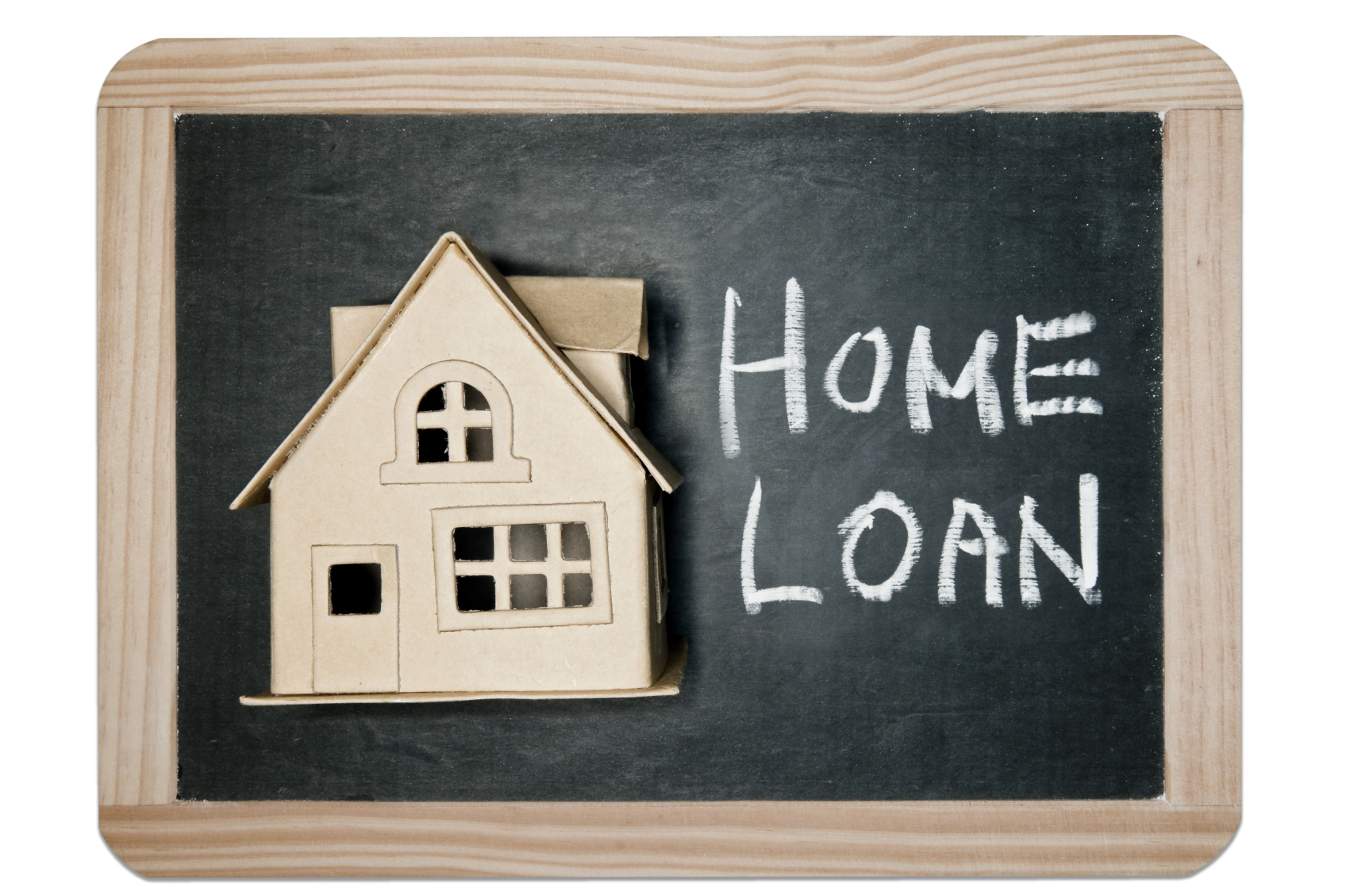Variable rate home loans have risen from about 2.25 per cent per annum at their low point two years ago to above 5.5 per cent now. That’s a huge jump if you have a big mortgage. Payments on a $500,000 loan have risen from $2,181 per month to $3,071, an increase of $890 per month.
Many more people should have locked in a fixed rate, but the RBA did mislead borrowers. Rates have risen much further and faster than anyone expected.
How high will rates go? Most likely the worst is behind us. Quite likely another two increases of 0.25 per cent will see the upcycle peak, though it depends on how quickly inflation reduces.
Coping with the increased loan payments is a bit like running up a hill. The lower part of the hill is okay. By far the hardest part is three-quarters of the way up, at the shoulder. If you can slog through that the slope starts to flatten out towards the crest. Things aren’t so bad from then on.
The darkest hour is just before dawn. It lies ahead of us now. Inflation and interest rates will plateau next year. With a bit of luck some pay rises may come along and the mortgage stress will reduce.
Is it wise to lock in a fixed rate now? Probably not, but depending on the rates offered. There are many opinions about how high rates will rise. Some analysts think they will go to 6.5 or 7.0 per cent. Most say they won’t rise that far.
In my opinion rates are likely to plateau in the next half year and start to decline by the end of 2023. The peak loan rate is likely to be about 6 per cent, only 0.5 per cent above today’s rate, but there are no guarantees.
There are signs of inflation flattening out in the US, Europe and Japan. US inflation actually fell unexpectedly in October. That’s a very good sign, though Australian inflation hasn’t showed any signs of easing yet.
If the fixed rate (comparison rate) on offer now is similar to the variable rate it may pay to lock in a fixed rate for one year, but no more. No-one wants to be tied to a long-term fixed rate when the variable rate falls below it.
Other debts such as car loans mostly have fixed rates for the whole term so they should not cause stress. However personal loans from banks may be variable so they will be increasing like home loans. Borrowers can only try to avoid drawing on these loans and keep the balances low.
Credit card interest rates are still extremely high, to be avoided. Buy Now Pay Later schemes can work but are very expensive if payments are late. Users need to plan carefully and be highly discipled. It’s a case of learning to economise and find cheaper ways to meet living needs.

